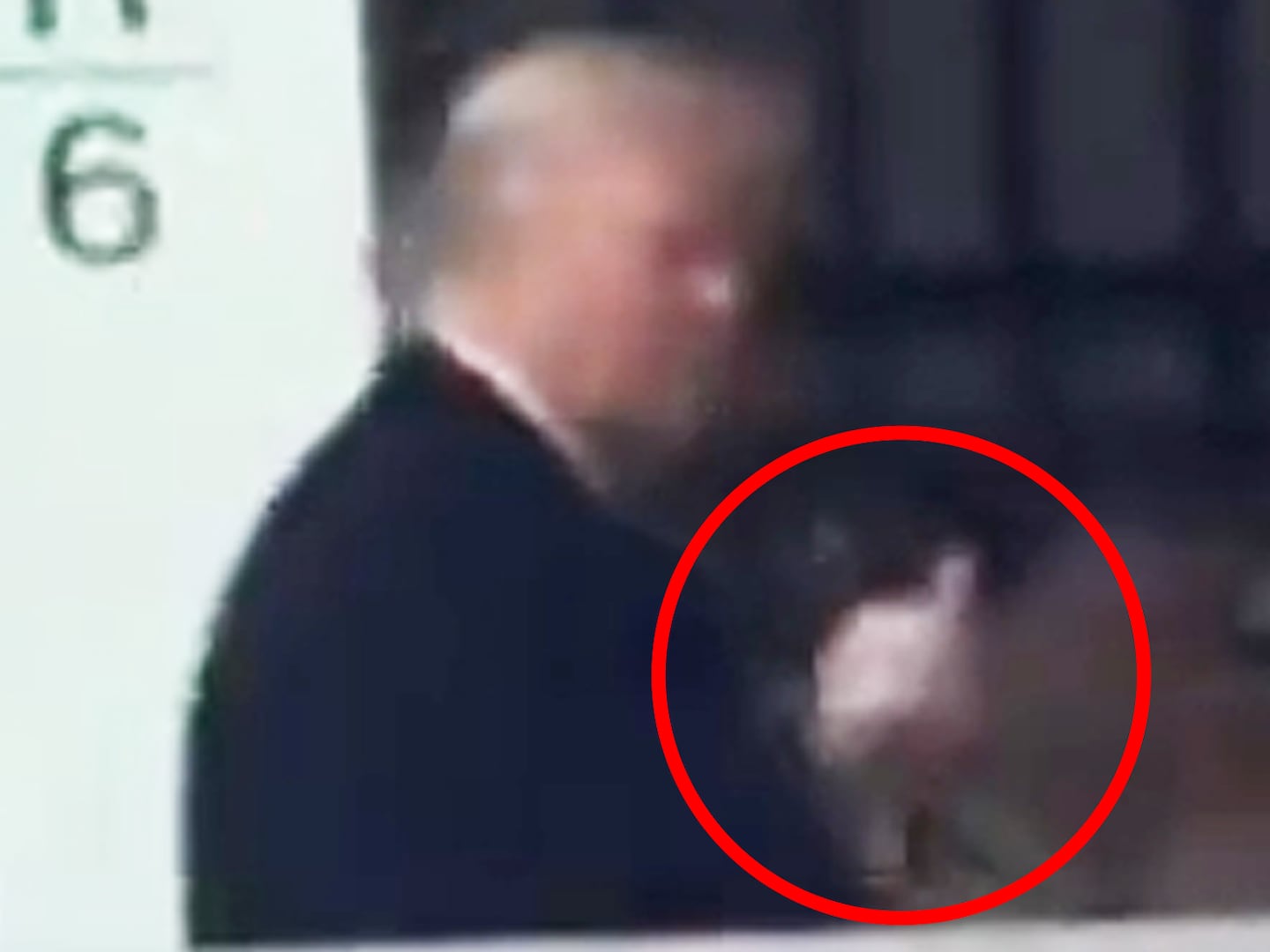He came to power at age 9. Under the wing of powerful handlers, he overturned the changes of his father’s regime and restored the state religion. He died 10 years later after a mysterious accident that strongly suggests he had outlived his usefulness to his advisers.
In the 3,000 year reign of Egyptian royalty, the pharaoh Tutankhamun was a minor-if-intriguing figure.
Yet this weekend, after a much-hyped national tour, King Tut rides back into New York as one of the most celebrated figures of the Ancient World—right up there on the list with Jesus, Moses, Caesar, Cleopatra, Alexander, and Socrates. And unlike most of them, the tadpole pharaoh didn’t have the Bible, Shakespeare, or Plato to sing his praises. He was the Boy King of the greatest empire on Earth and all he got was one lousy Steve Martin song to show for it.
Click Image to View Our Gallery of King Tut’s Treasures

What explains the ongoing Cult of Tut? “ King Tut and the Golden Age of the Pharaohs” (which runs through January 2011) is one of three Tut shows in New York this spring. There is also a spate of “landmark” television shows, “limited edition” $2,000 necklaces, and “miraculous scientific discoveries.” Why is it that Tutapalooza feels like one of those aging hippie reunion tours that always seems to be on its “farewell leg” yet never goes away?
In short, King Tut: How’d you get so funky?
The answer, inevitably, is greed, power, and a few very clever benefactors. King Tut may have been a puppet, but he’s had extremely deft puppeteers.
The first of Tut’s Svengalis was Aye, the prime minister under Tut’s father. Ahkenaten, who died in 1334 B.C.E., was a revolutionary figure who relocated the country’s capital, banned polytheism, and introduced the worship of one god.
Aye continued in power under Tut, who quickly returned to the old capital and restored the old religion. That Tut accomplished all this before his 12th birthday suggests Aye was the power behind the throne. After Tuthankamun died from a mysterious accident involving a broken leg, the Dick Cheney of the Nile finally became pharaoh in 1323 B.C.E.
The second of Tut’s enablers was Howard Carter, the flamboyant and, we’ve learned, unethical archaeologist who discovered the boy’s tomb in 1922. In the storybook version, Carter spent five years digging in the Valley of the Kings before his water carrier stumbled into the tomb, by far the most undisturbed in Egyptian history. The chamber yielded 5,000 objects, including the mummy, burial masks, chariots, and toys.
Unlike earlier Europeans, Carter was forced to leave the goods in Egypt, but not before he was caught trying to steal a bust. (He apologized). Thomas Hoving, the director of the Metropolitan Museum of Art who organized the first Tut show in 1978, documented cases in which Carter and his patron, Lord Carnarvon, lifted objects and handed them to wealthy pals.
Tut’s third and least likely sponsor was Richard Nixon. In 1974, Nixon was stung by a popular display of Egyptian artifacts in the Soviet Union. He approached Anwar Sadat with the idea of a tour, then dispatched Henry Kissinger to persuade a reluctant Hoving. The Met was struggling at the time, and the museum world’s first “blockbuster” changed its fortune overnight, attracting 1.3 million visitors in four months.
In 1974, Richard Nixon was stung by a popular display of Egyptian artifacts in the Soviet Union. He approached Anwar Sadat with the idea of a tour, then dispatched Henry Kissinger to persuade a reluctant Thomas Hoving.
The show received an unexpected boost when Steve Martin and the Toot Uncommons (the Nitty Gritty Dirty Band), head-bobbed their way through a tribute on Saturday Night Live: Buried with a donkey / He's my favorite honky. / Born in Arizona / moved to Babylonia. / King Tut.
The cleverest of Tut’s advisers may be his most recent—Dr. Zahi Hawass, the current secretary general of Egyptian Antiquities. By far the most influential archeologist in the world today, Hawass pops up on every television screen, press podium, and milk carton to promote Egypt in a manner that makes even Rudy Giuliani seem media shy. Hawass initiated Tutankhamum and the Golden Age of the Pharaohs, which arrives in New York after a five-year bling tour across the U.S.
And manna is definitely the goal here. As Hawass boasted at a press conference this week, “You can’t imagine how much money Egypt is making.” He then tallied it up—$100 million already, with $20 million expected from New York. Hawass justifies the high ticket prices—up to $32—by claiming that Egypt was stiffed during the last run. “No more freebies from Egypt!”
Hoving disputed this, writing before he died that he personally handed over $7 million in revenues from the ’78 show to Egypt. His successors at the Met, meanwhile, balked at the stiff terms Egypt was demanding. Unabashed, Hawass lambasted the Met and recruited corporate partners, including Arts and Exhibitions International (AEI), famous for its show of Princess Diana memorabilia, and AEG, the organizer of Michael Jackson’s final tour.
King Tut and the Golden Age of the Pharaohs is a tasteful show, and while it contains few of the glory pieces of the ’78 show, it still gives the visitor a glimpse of the Boy King. But the experience is undermined by its location, the basement of the Discovery Times Square Exposition. Descending two flights in the unfinished warehouse feels like you’re walking into Tut, Bath, & Beyond. Even Dr. Hawass seemed embarrassed. “I am not happy that the show is in Times Square. It’s too commercial.”
Tutankhamun, of course, will endure the shame of being across the street from Toys R Us. He might even feel at home alongside Madame Tussauds. And who knows, maybe the Boy King will find a way to sneak out and enjoy a Shirley Temple with Simba, the Lion King.
His latest kingmaker, meanwhile, was busy setting up his next road show. After dismissing the request of a journalist to bring the show to Mexico—“It would take half the money of Mexico to bring King Tut to you!”—Zahi Hawass paused on his way out to do an interview with a Japanese television reporter. “I know how much the people of Japan love the Golden Boy,” he gushed. “I can’t wait to bring Tutankhamun to Tokyo!”
Plus: Check out Art Beast, for galleries, interviews with artists, and photos from the hottest parties.
Bruce Feiler is the bestselling author of Walking the Bible, Abraham, and America’s Prophet, and the host of Walking the Bible on PBS. His new book, The Council of Dads, describes how he responded to a cancer diagnosis by asking six friends to help father his daughters.





